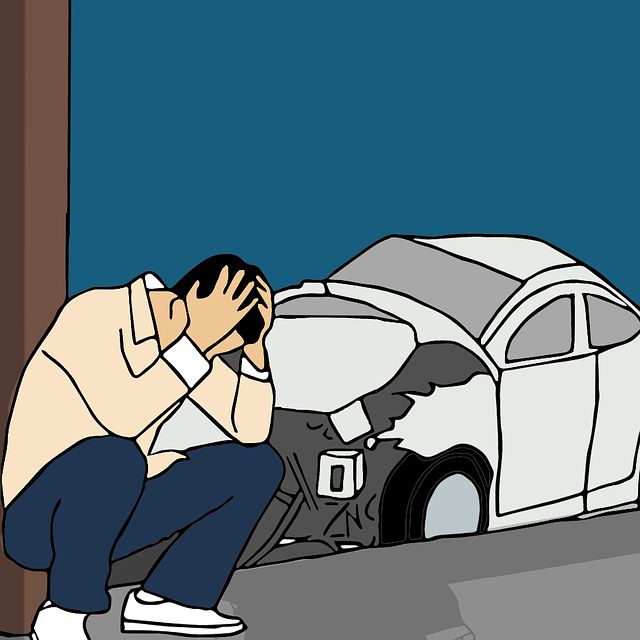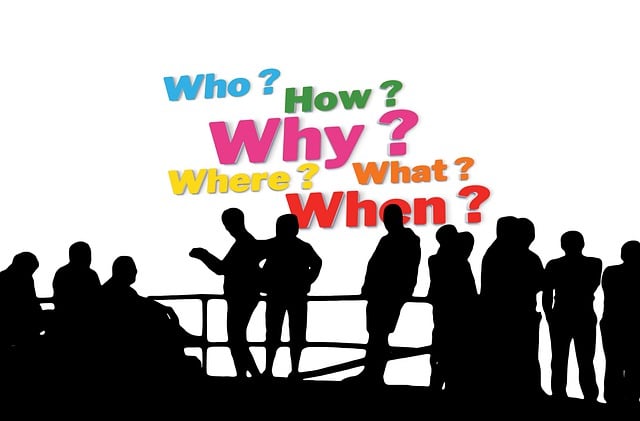Personal injury trials hinge on decisions made by either juries or judges, each with distinct roles and impacts. Juries, composed of community members, interpret evidence and deliver verdicts based on facts and emotions, while judges, legal experts, ensure fairness through impartial analysis of laws and evidence. Plaintiffs often favor juries for relatability, while defendants may opt for judge trials in complex cases to mitigate risk. The choice between jury and judge decisions balances emotional appeal versus specialized analysis, significantly affecting compensation and outcomes for all parties involved.
In the dynamic realm of personal injury trials, the outcome often hinges on the decision-making process of either a jury or a judge. This article delves into the intricate differences between these two adjudicators, focusing on their respective roles and impact on plaintiffs and defendants. By understanding the nuances of jury decisions and the analytical framework judges employ, legal stakeholders can navigate personal injury cases more effectively, ultimately shaping strategies to optimize favorable outcomes.
- Understanding Jury Decisions in Personal Injury Trials
- The Role of Judges and Their Decision-Making Process
- Comparing Jury vs. Judge Decisions: Implications for Plaintiffs and Defendants
Understanding Jury Decisions in Personal Injury Trials

In personal injury trials, jury decisions play a pivotal role in determining the outcome for both plaintiffs and defendants. Juries, composed of individuals from the community, are tasked with evaluating the evidence presented during the trial and delivering verdicts based on their interpretation of the facts. This democratic aspect of the legal system ensures that decisions are made by people who reflect the diversity and values of society. When it comes to personal injury cases, juries focus on several key factors: liability, damages, and culpability. Understanding how juries reach these decisions is essential for both legal professionals and clients involved in such trials.
For plaintiffs seeking client recovery in personal injury cases, a jury’s decision can make or break their claim. Juries must consider whether the defendant was negligent, directly leading to the injury, and assess the extent of damages, which can include medical expenses, pain and suffering, and lost wages. In complex cases involving business litigation or breach of fiduciary duty, juries require thorough explanations and clear evidence to make informed decisions. The process involves careful deliberation, where jurors discuss and debate the evidence, ultimately reaching a unanimous decision that can significantly impact the future of all parties involved in the personal injury trial.
The Role of Judges and Their Decision-Making Process

In a personal injury trial, judges play a pivotal role in ensuring justice is served. Their primary responsibility is to preside over the court proceedings, interpreting the law and guiding the jury through complex legal arguments. The decision-making process involves meticulous analysis of evidence, witness testimonies, and expert opinions presented by both parties. Judges must remain impartial, evaluating each side’s case objectively and applying relevant laws and precedents accurately.
Unlike in real estate litigation or contract disputes where specific legal expertise is required, personal injury cases often hinge on determining liability, calculating damages, and assessing fault. The judge’s role is to facilitate a fair trial, ensuring all rules are followed and both sides have equal opportunities to present their cases. This includes managing time, maintaining order, and making critical rulings that can significantly impact the outcome, ultimately shaping the compensation or verdict for the injured party.
Comparing Jury vs. Judge Decisions: Implications for Plaintiffs and Defendants

In a personal injury trial, the outcome can significantly differ based on whether the case is decided by a jury or a judge. Juries, composed of citizens from diverse backgrounds, offer a broader perspective and are influenced by emotional appeals, sympathy, and their understanding of justice. This can be advantageous for plaintiffs, as it may lead to more substantial awards for pain and suffering. On the other hand, juries might struggle with complex medical issues or legal arguments, relying on common misconceptions or misinformation. Judges, being legal experts, have a deeper understanding of the law and its nuances, ensuring consistent and well-reasoned decisions. However, their decision-making process lacks the human element that juries bring, which can be crucial in cases like medical negligence or slip and fall incidents, where empathy plays a significant role.
For plaintiffs, jury trials offer a chance to present their case to a group of people who can relate to their experiences. Yet, judges provide a more controlled environment, potentially leading to quicker resolutions and a focus on the facts rather than emotional factors. Defendants may prefer judge-decided cases as they offer a reduced risk of unpredictable verdicts. In partnership disputes or complex medical negligence cases, where the stakes are high, defendants often opt for judge trials to ensure a more specialized and analytical approach to the evidence presented. Ultimately, the choice between jury and judge decisions in personal injury trials depends on various factors, each with its own implications for both parties involved.
In the realm of personal injury trials, the choice between jury and judge decisions significantly impacts outcomes for both plaintiffs and defendants. Juries, driven by empathetic understanding and public sentiment, often award substantial damages in cases involving severe injuries or negligence. Conversely, judges, relying on legal precedent and strict interpretation, tend to render more consistent verdicts but may overlook the emotional impact. For plaintiffs, a jury trial offers the potential for higher compensation, while defendants may prefer a judge’s decision for its predictability and reduced risk of excessive awards. Ultimately, the decision-making process in personal injury trials continues to evolve, influenced by societal values and legal reforms, shaping the landscape for all involved.






